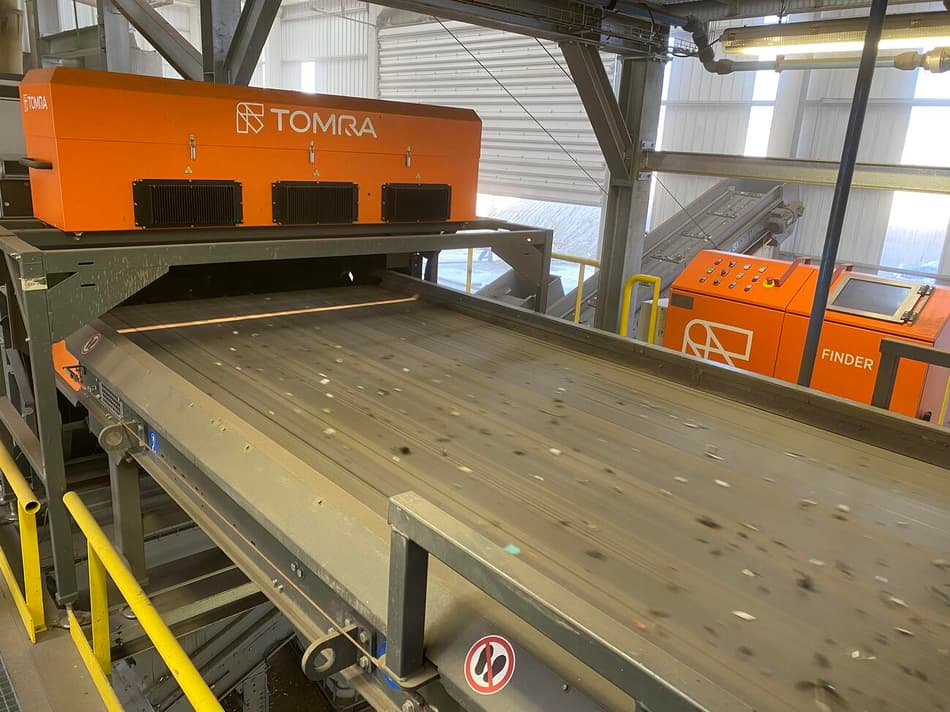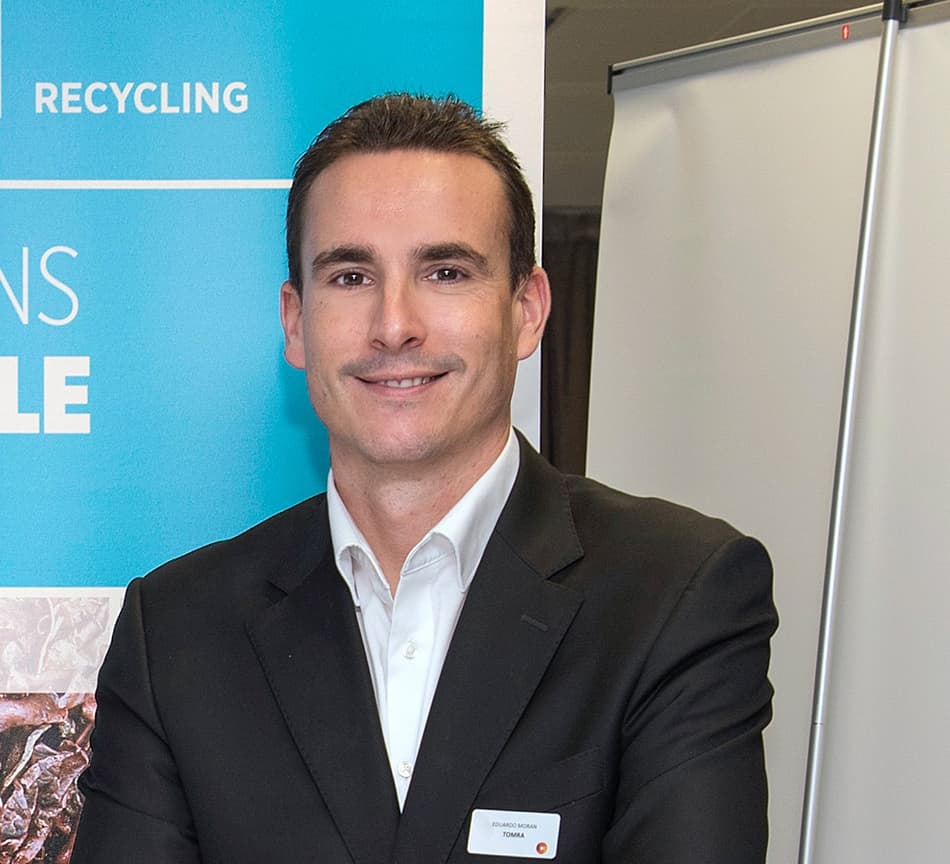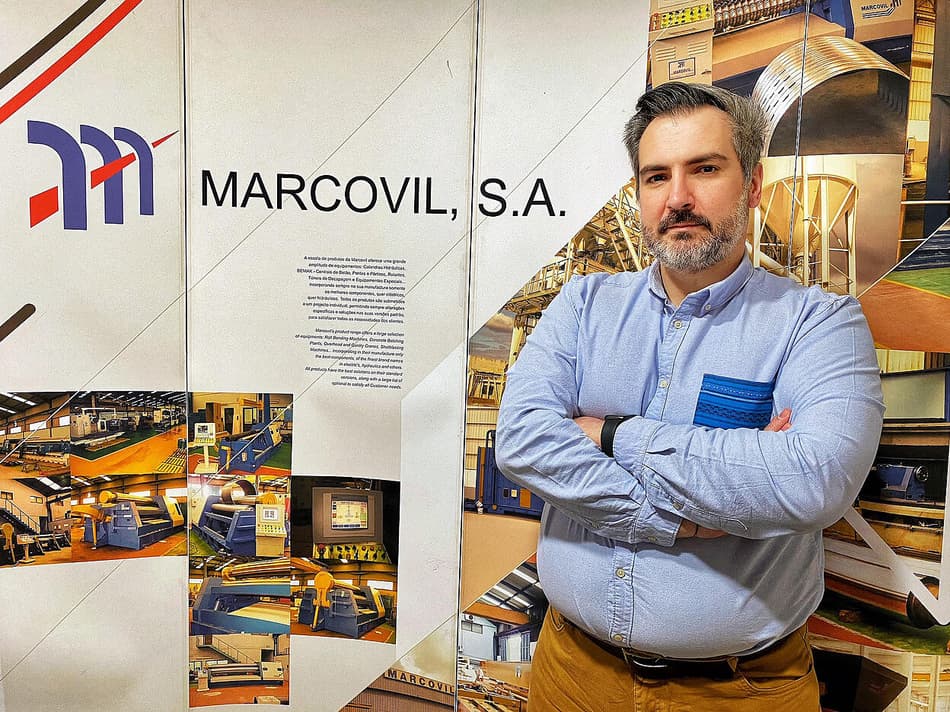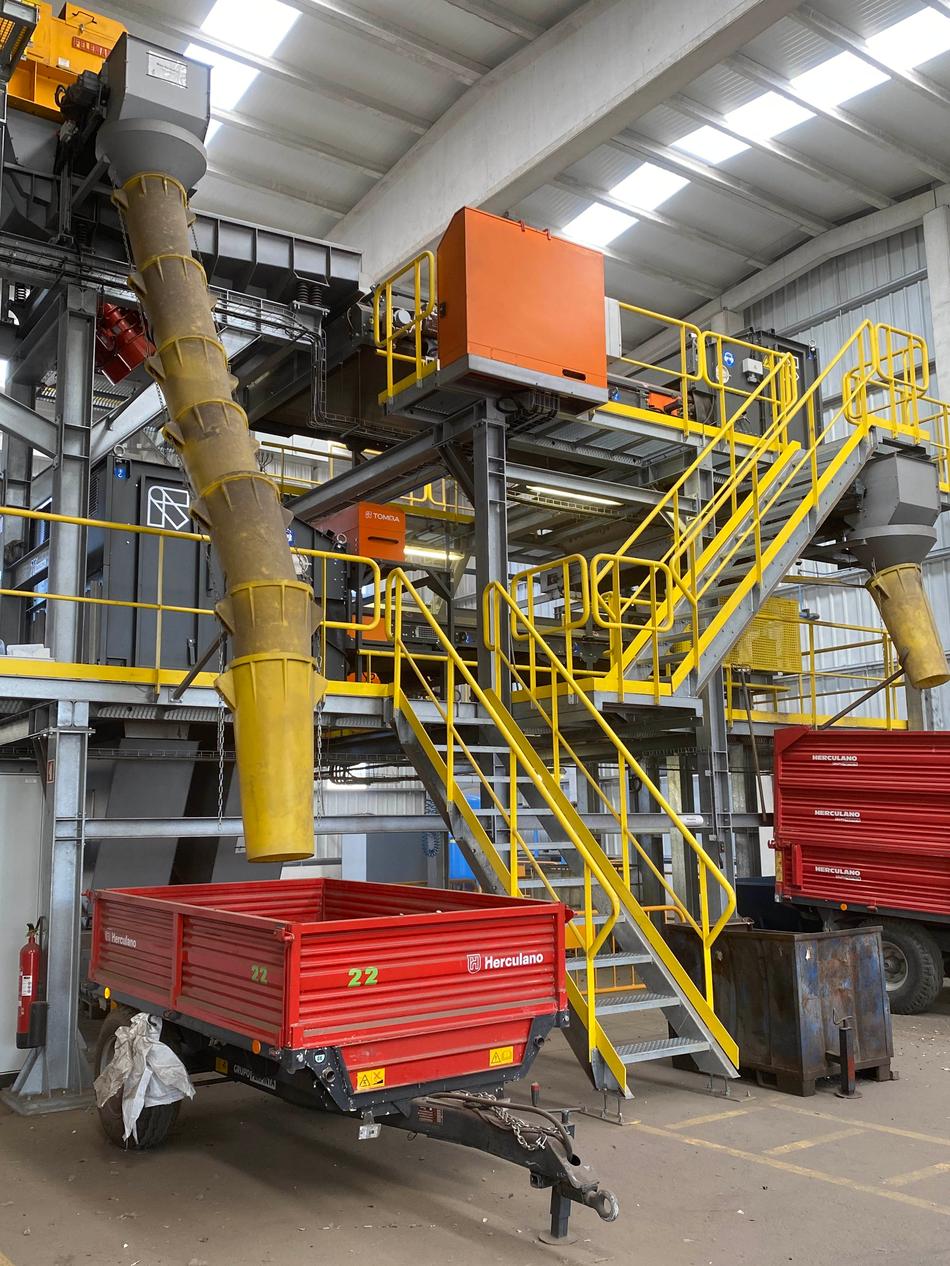
Interecycling S.A. relies on TOMRA’s FINDER™ with NIR for WEEE separation
Interecycling, S.A. relies on TOMRA Recycling for its new line of separation of metals and plastics. The integration of a FINDER™ and a FINDER™ with NIR sensor enabled the plant to increase its efficiency by precisely separating metals and plastics for subsequent recovery.

The recycling sector has experienced a great growth in recent years, mainly due to the increase in demand for recyclable material as raw material as well as the requirements at the level of legislation that internationally are promoting processes that allow to achieve a circular economy. For this reason, there is an increasing need to recycle and recover the different components.
As Eduardo Morán, Area Sales Manager Iberia at TOMRA, tells us: "There is a growing interest from the industry in sensor-based separation technologies to help maximize profits and meet current and future requirements. The trend is clear and regulations will become more and more demanding. We are therefore confident that TOMRA's technology will help to comply with legislation and new regulations at both local and European level," he says.
The Marcovil Group, founded in 1987, and with innovative technology in the field of mechanical engineering, develops, manufactures and installs machines and turnkey solutions that promote the circular economy. Its developments achieve a correct separation of waste and recovery of secondary raw materials. Interrecycling, a Portuguese company associated with the Marcovil Group, specializes in the recycling of electronic and electrical waste.
"TOMRA, since its foundation in the 70s, is known for its strong technological capacity, which translates into a wide range of machines and industrial solutions of high reliability and precision, subject to a continuous process of improvement and innovation. This is why we chose TOMRA Recycling’s equipment", says Bruno Silva, Sales Representative of the Marcovil Group.
Eduardo Morán adds: "The main advantage of using this equipment is, without a doubt, being able to automatically separate the different components of WEEE, drastically reducing the inefficiency involved in carrying out this separation manually. In addition, it significantly reduces personnel costs and exponentially increases production (t/h), as well as the recovery of metals and recoverable polymers with the economic benefit that this entails".
"TOMRA is synonymous with quality and reliability, and has a serious and very professional team. Their after-sales service is also very efficient. We hope that this partnership will be long-lasting and that TOMRA will soon be involved in new Marcovil projects," says Bruno Silva.

Specific solutions for specific needs
Interecycling turned to TOMRA because of the need to process 4t/h of WEEE material. "Today, thanks to FINDER™ and FINDER™ with NIR sensor, we have reached 6 t/h", says Bruno Silva proudly.

The process starts with the FINDER™, which separates the metals into a metal concentrate and a metal-free plastics fraction. This metal fraction is further processed by the FINDER™ with NIR sensor, which separates the printed circuit boards (electronic boards) and, in a second machine step, is able to generate a wire fraction as well. Due to the combination of different sensors the device identifies visible plastics by polymer type as well as different types of metal fractions (such as boards, wires or stainless steel), thus perfecting the process.
The FINDER™ 2400 achieves high purity fractions regardless of the complexity of the materials or their particle size. Thanks to its patented TOMRA SUPPIXX™ and IOR (Intelligent Object recognition)technologies and its state-of-the-art electromagnetic sensor (EM3), it detects metal objects with maximum precision, separating the metal fraction from the plastic fraction in a process that is effective in terms of throughput, purity and efficiency. "In this case, the equipment is aimed at obtaining a metal concentrate. But, if necessary, the machine can also generate a high quality stainless steel monofraction, because it is able to identify the high electromagnetic signal intensity of this material", explains Eduardo Morán.
The FINDER™ 1800 with NIR 1800 is a FINDER™ (with its EM3 electromagnetic sensor together with SUPPIXX™ and IOR), to which a NIR (Near Infrared) scanner is added for the identification of visible polymers. The NIR sensor allows to separate plastics from the WEEE stream by the type of polymer. It can also separate the PCBs and cables (composed of metal + polymer) , which requires both sensors (NIR-EM3) for a correct identification.
TOMRA, close to the customer in difficult times
Thanks to TOMRA's local technical service in Portugal, the movement restrictions decreed by the COVID-19 health crisis have not impacted the realization of the project. "At TOMRA we are close to the customer and, even in these difficult times, we have been able to offer an excellent service, start up and optimize the equipment, so that the customer can work with a certain degree of normality in times of pandemic," says Eduardo Morán.
"Although the coronavirus has brought challenges that, due to teleworking, could have reduced productivity, we have never closed the company, always showing a strong commitment to customers, suppliers and partners," says Bruno Silva.
David Nogueira, from TOMRA's Technical Service in Portugal, explains how they achieved this: "Although Portugal has had many restrictions, we managed to optimize the installation time of both machines. We started with a review of the plant situation and spent a week assembling the machines. We also carried out tests and adjustments to the two units to maximise purity and make the plastics fraction metal-free.
